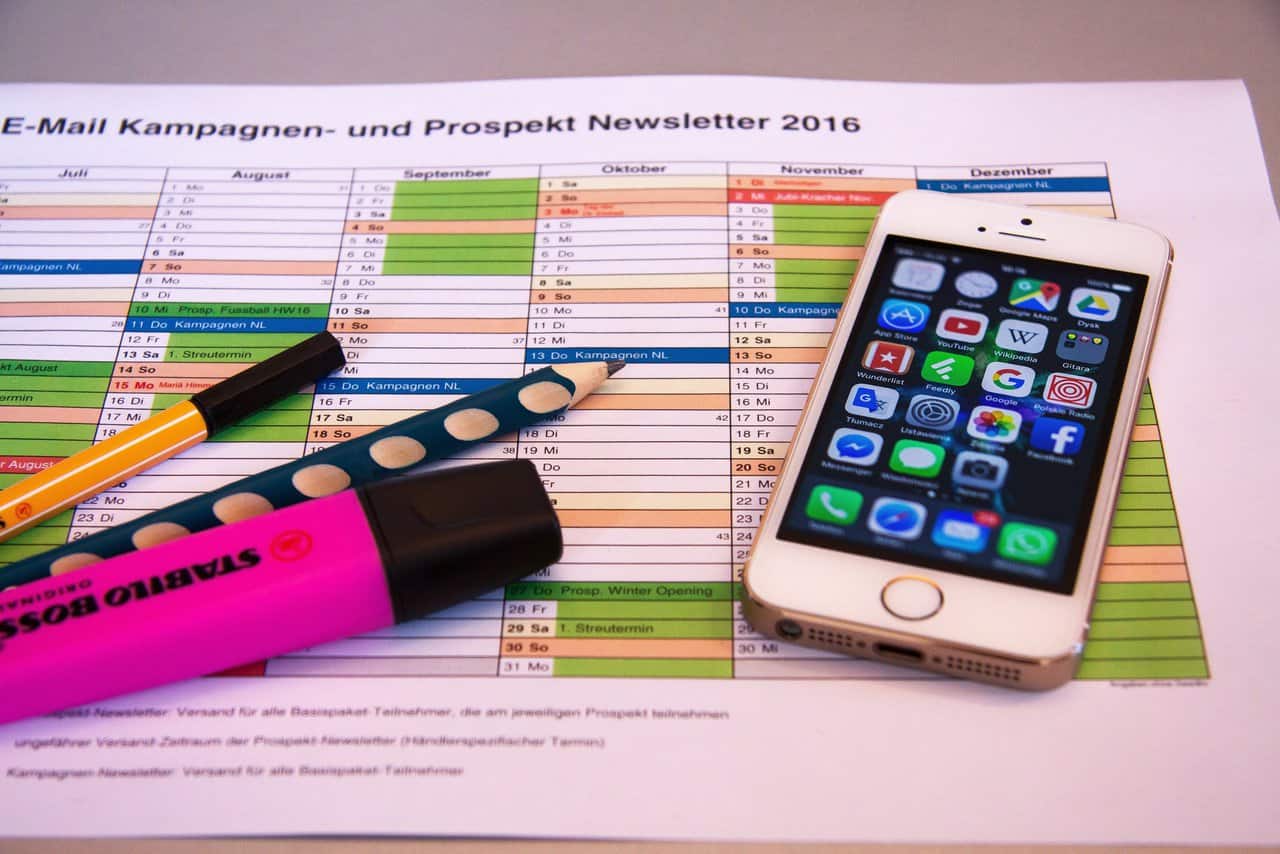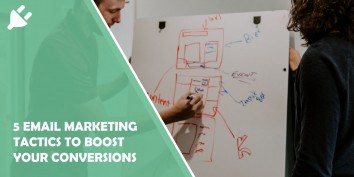If you need to grow your business, you know the importance of having a great…
Despite many platforms, social media, and websites, email marketing is a valuable aspect of the digital presence of every organization, for-profit or nonprofit. It is a powerful tool that can help your organization reach a larger audience, nurture relationships with supporters, and, ultimately, drive fundraising efforts.
The approach demonstrated in this article is relatively general and should be adjusted depending on your organization’s goals, vision, and target group. The effectiveness of your email marketing campaigns will be as great as the resources you dedicate to them.
Choose the Platform

There is plenty of software out there that can be used for email marketing. Depending on your knowledge and resources, you want to choose a platform that suits your organization’s best skillset and budget. Some popular options include Mailchimp, Constant Contact, and AWeber.
Another thing to consider is that many of these platforms offer discounts or utterly free usage of their services for nonprofits. Usually, you will have to prove that your organization is established in an eligible country by providing a founding document or registering your organization to a platform like TechSoup. This will open the door for many other digital tools.
Build Email Lists

Now that you have the software for sending campaigns, you still need the email addresses of targeted recipients. Remember that all subscribers on your list must agree to receive such emails voluntarily. Otherwise, you can have legal problems, depending on the country where your organization and legal representatives are situated at.
Consider adding sign-up forms to your website, social media pages, and other online channels to build your list. Another way is to import email addresses from previous campaigns or collected from offline sources, such as in-person events or paper sign-up sheets. Since the agreement of receiving the emails is needed, remember to keep papers where the recipients signed, if done physically.
Decide on the Format

Depending on the list you’ve built, you will want to consider different formats of emails and content. Newsletters, fundraising appeals, and event promotion are some formats that nonprofits usually go for. Consider who the people subscribed to the list are and what you want to achieve by contacting them via email.
The newsletter is one of the most frequently used formats and usually fits anybody interested in the organization’s work. Here you can display the organization’s achievements, difficulties, and needs in the coming time. Make sure you send these regularly to advertise it as a weekly or monthly newsletter.
Subject Line Matters

Once you know the format you are going after, it is time to craft the content of your first email campaign. The first thing to do is to add a subject line. This is a crucial step since it will directly influence how many people will open the email you sent to them.
Take some time, play with words, and track how different subject lines increase or decrease the opening rates of your emails. Another critical thing to do is to add the name of the sender. Ideally, here will be the organization’s founder or somebody most people know the organization from.
Content Is the King

Content can be textual, photos, or videos. Make sure you create a balance between all of them. The tone and wording you use should be in line with your organization’s PR and branding. Include call-to-action buttons and social media links, and keep it short and sweet. After all, this is why your subscribers came, so don’t let them down!
Final Thoughts
Remember to regularly track and analyze your campaign’s performance to ensure that it meets your goals and makes the most significant impact. With the right approach and dedication, email marketing can be a powerful tool for driving positive change for your organization and the causes you care about.






